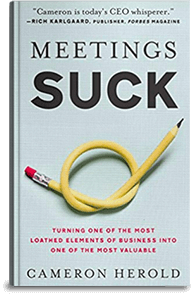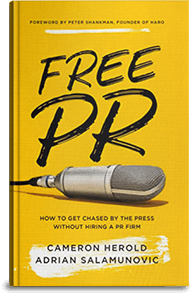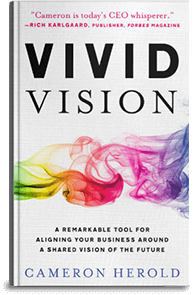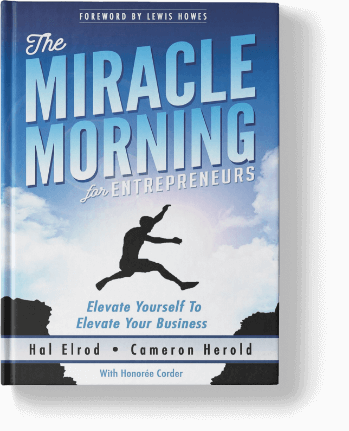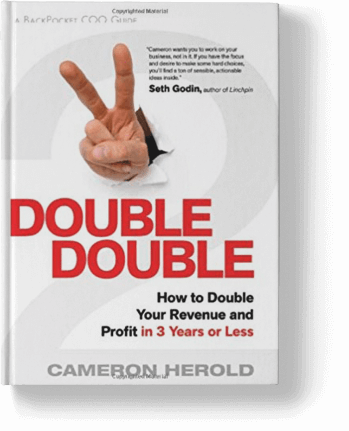 I don’t get it.
I don’t get it.
When you KNOW that you have someone in your company that has to be let go – do it today. Stop being such a chicken shit poor leader.
Do it with empathy.
But do it today.
The data says, that the cost of keeping the wrong person is 15x their annual salary. It costs you WAY too much money to keep them.
ALL the reasons you give for not letting them go, are likely a sign that you’re simply nervous about doing it. But do it you must. Today.
If you want more info on how to fire people properly – these DVDs on Culture & Leadership both cover it. As does the sections on People in Double Double.
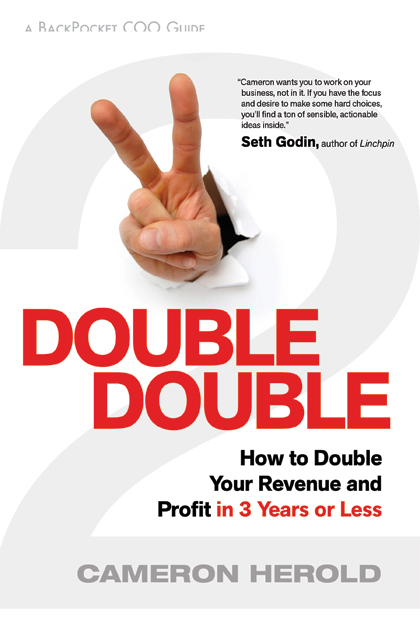 I just finished presenting the core content from
I just finished presenting the core content from  I’ve seen companies set out to build ridiculously expensive in-house software, only to discover they could get a similar, even better system out of the box for cheaper or for free. Software by nature isn’t cheap, but software built by a software company is more reliable than software built by your non-tech company.
I’ve seen companies set out to build ridiculously expensive in-house software, only to discover they could get a similar, even better system out of the box for cheaper or for free. Software by nature isn’t cheap, but software built by a software company is more reliable than software built by your non-tech company.